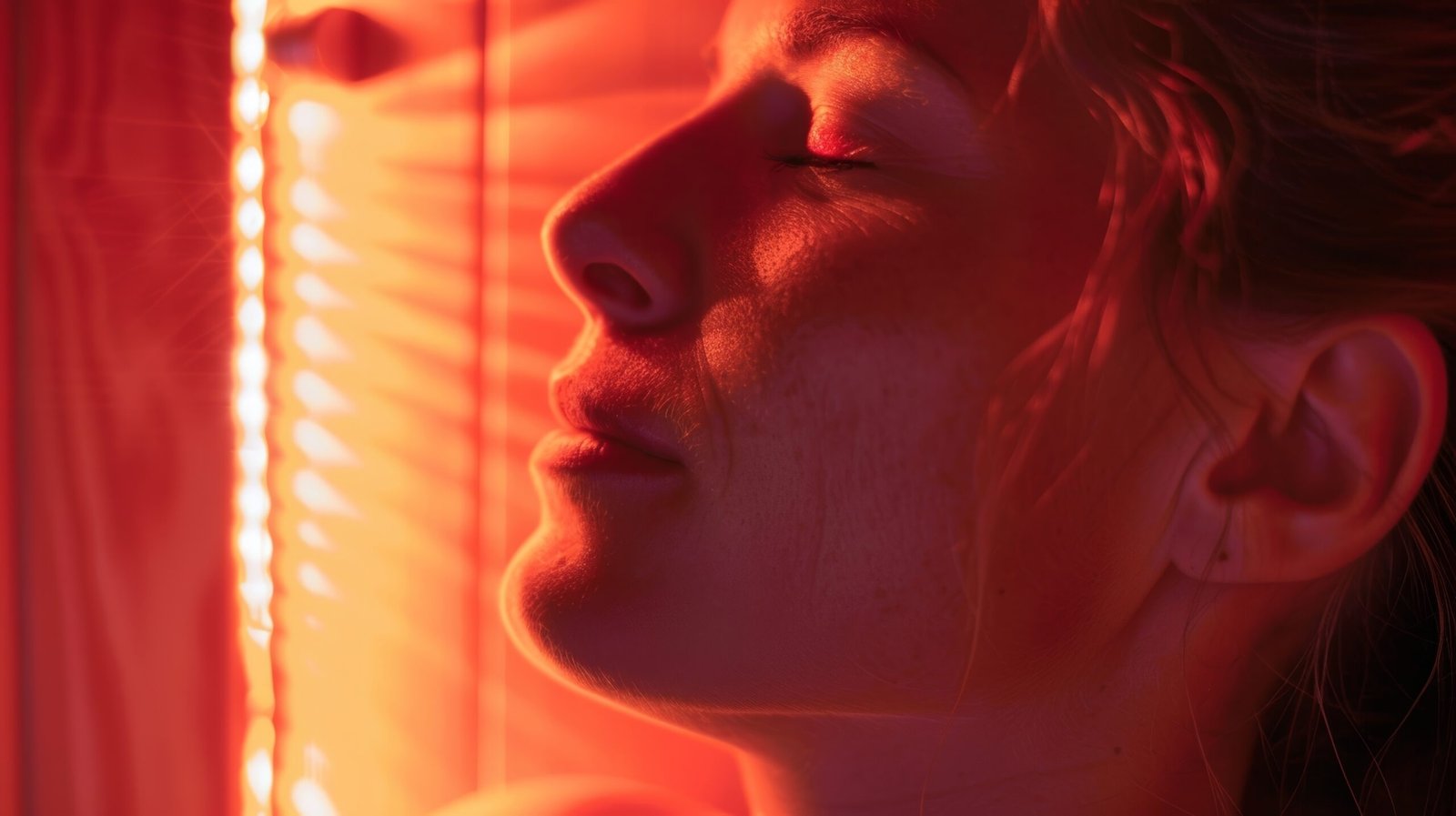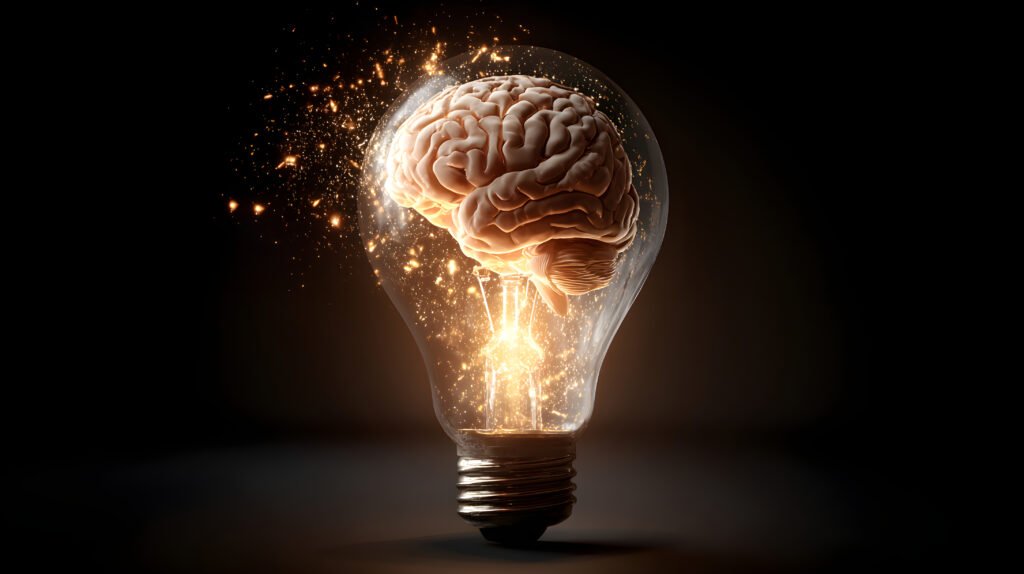Why Light Matters More Than You Think
Light does more than help us see. It plays a pivotal role in our circadian rhythm, the internal clock that regulates sleep-wake cycles, hormone release, mood, metabolism, and more. Bright Living: How light affects our Health is an important post that seniors should pay attention to for better living.
When lighting is out of sync—too bright at night, too little during day—it can lead to fatigue, poor sleep, mood disturbances, and even increased risk of chronic disease.
For seniors, whose sleep architecture and recovery may already shift with age, lighting becomes a powerful yet under-used tool for better health.
Blue Light: The Double-Edged Sword
What it is
Blue light refers to wavelengths roughly between 460-495 nm, which strongly stimulate the special photosensitive retinal ganglion cells (ipRGCs) in our eyes. These cells influence melatonin release and circadian entrainment.
The good
-
In the morning/daytime, blue-rich light helps boost alertness, cognitive performance, wakefulness, and mood.
-
For seniors, exposure to proper daylight or blue-enhanced light early can support afternoon energy and sleep readiness later.
The risk
-
At night, blue light is one of the most potent suppressors of melatonin, delaying sleep onset and disrupting circadian timing.
-
Chronic exposure to blue-rich artificial light (especially from LEDs, screens, or bright indoor lighting) is linked to circadian disruption, obesity, diabetes, depression, and possibly some cancers.
-
Eye health: Some studies show potential for blue light to contribute to retinal stress or accelerate degeneration in sensitive individuals.
Practical tips
-
Morning/day: Expose yourself to bright natural light or daylight‐balanced indoor lighting (≥ 50-500 lux) early.
-
Evening: Dim lights, reduce blue content (use warm-white bulbs, red or amber night lights), avoid screens or use blue-blockers 1-2 hours before bed.
-
For seniors: consider using a daylight lamp in the morning if you’re indoors, and switch to warm light bulbs (2700K or less) in the evening.
Red & Near-Infrared (NIR) Light: Hidden Benefits

What they are
-
Red light (around 620-650 nm) and near infrared (NIR) (750-1000 nm) are lower-energy wavelengths less disruptive to melatonin and the circadian system.
-
Research into red/NIR exposure (often called photobiomodulation or RLT) shows potential benefits for sleep, mood, circulation, muscle recovery, and cognition.
What the research says
-
One study found that red light exposure improved sleep quality and mood in a small sample of healthy adults.
-
However, some research indicates red light may increase alertness or anxiety in certain persons when used at the wrong time.
Practical application
-
Use warm red or amber night-lights (around 630 nm) in bedroom or hallways during late evening—less disruptive than white or blue lights.
-
For DIY light therapy: devices that emit red / NIR wavelengths early evening or pre-sleep may support muscle recovery, circulation, or mood—but talk to a healthcare provider.
-
Avoid bright red light if it seems to cause wakefulness—everyone responds differently.
LED Lighting & Home Environment: What Seniors Should Know

LED advantages
-
Energy efficient, long-lasting, cost-effective.
-
Many modern LEDs can be tuned for color temperature and intensity (a big plus for circadian support).
Potential concerns
-
Most white LEDs emit a blue-rich spike (450-490 nm) even if the bulb appears warm. This makes them more potent in suppressing melatonin.
-
Evening use of high-intensity LED lighting can delay circadian rhythms, impair sleep quality, and increase risk of health issues.
Smart lighting tips
-
Install tunable color temperature bulbs: Daytime = cool/warm-white (≈4000-5000K) for alertness; Evening = warm white or amber (≈2200-3000K) for winding down.
-
Dim the lights in the 1-2 hours leading up to bed.
-
Use motion or low-level night lights for nighttime bathrooms/hallways—prefer red or amber hues.
-
Limit screen brightness or use blue-light filter mode after dusk.
-
Ensure plenty of daylight exposure during the day—open windows, sit near a bright window, or go outdoors.
Ultraviolet (UV) Light: Benefits & Risks
Benefits
-
UVB rays help skin produce vitamin D which supports bones, immunity, mood.
-
Moderate sun exposure (10-15 min midday) can be beneficial—especially for older adults with vitamin D deficiency risk.
Risks
-
UV exposure increases risk of skin cancers, premature aging, eye damage (cataracts, macular degeneration) if unprotected.
-
Artificial UV sources or unfiltered sun for long periods are unsafe.
Practical guidance
-
For seniors: use sun protection (broad-spectrum sunscreen, hat, shade) when outdoors.
-
Indoors: rely on ambient visible light for circadian support—not UV bulbs or lamps unless medically prescribed.
-
If you use tanning or UV therapy devices—do so only under physician supervision.
Circadian Rhythm & Light Timing
Why timing matters
The body’s master clock (suprachiasmatic nucleus) relies on light/dark cues to regulate hormones like melatonin and cortisol. When this rhythm is disrupted (chronodisruption), health risks increase: sleep disorders, metabolic dysfunction, mood disorders, even some cancers.
Simple rules for healthy rhythms
-
Morning light exposure = phase advance (good for mood, energy).
-
Evening bright/blue light = phase delay (bad for sleep).
-
Night time darkness or red/amber light = supports melatonin and restful sleep.
Routine suggestions for seniors
-
Get 20-30 minutes of bright light (natural daylight or indoor bright light) shortly after waking.
-
Avoid bright/blue light 1-2 hours before bed—dim lights, switch to warm tones.
-
Keep the room dark (or use very low red/amber light) overnight—blocks ambient light that may disrupt melatonin.
-
Maintain consistent sleep/wake schedule—light cues help reinforce routine.
Practical Home Lighting Checklist for Seniors
-
Use dimmable, tunable LED bulbs in main living areas.
-
In living rooms: cool/warm white during day; shift to warm in evening.
-
Bedrooms: choose warm white (≤ 3000K) or red/amber night lights for late night.
-
Hallways/bathrooms: use motion-activated amber/red lights at night.
-
Screens/devices: enable night mode or blue light filter; reduce brightness.
-
Outdoor lighting: shield outdoor LED fixtures to reduce blue light spill into windows at night (helps sleep).
-
When possible, expose yourself to natural daylight—sit near windows or spend time outside each day.
-
Use blackout curtains or blinds to block ambient outdoor light at night.
Final Thoughts
Light is one of the most powerful but under-appreciated elements of home wellness—especially for seniors. Getting the right light at the right time can help your sleep deepen, your mood lift, and your body maintain its natural rhythm. By tuning your home’s lighting environment—focusing on daylight exposure, limiting blue light at night, using warm/amber tones, and considering red/NIR strategies—you give your body the cues it needs to thrive. I hope that this article – Bright Living: How light affects our Health has helped you understand how important the right lighting can seriously affect our health…especially as we get older.
As always—if you have eye disorders, sleep disorders, or are on medications that affect light sensitivity—check with your physician or optometrist before making major lighting changes. Please feel free to contact me with questions or comments.



Pingback: Improve Circulation Naturally After 60 | Pam Rumley’s World | Natural Health, Senior Wellness & Creative Living